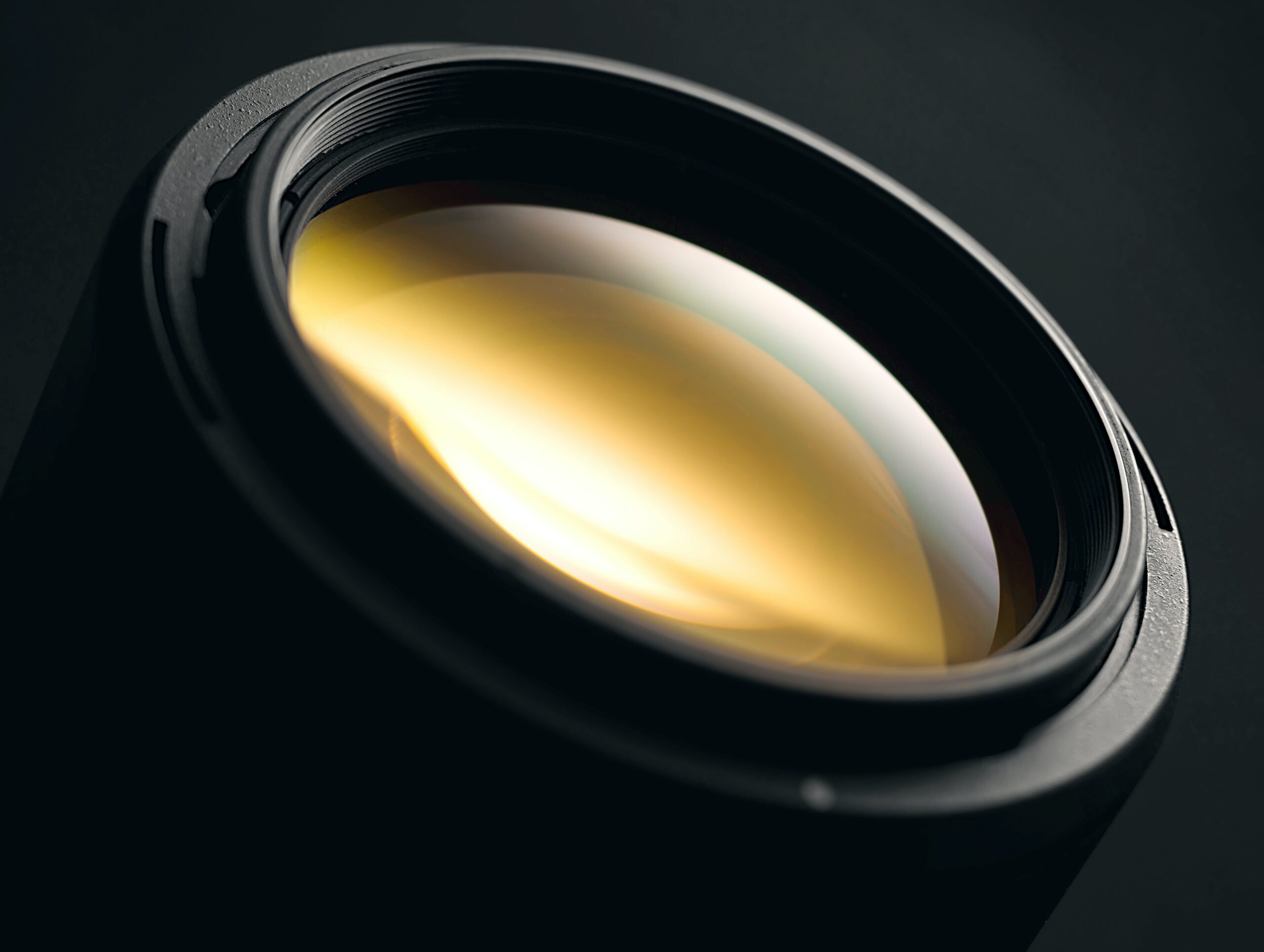The oldest types of optical systems are image forming cameras and telescopes. The first camera, the camera obscura, had no lenses or mirrors at all and simply used a pinhole to map an object scene to an image scene. The human eye served as the foundation of our understanding of lenses. These optical systems have one key aspect in common: the primary imaging path involves light propagating from one surface to the next in sequential order. Optical design software is heavily influenced by the design and analysis needs of these optical systems.
Quadoa provides all the key capabilities required for these systems. The object-based optical model and surface stack definition make defining optical components very efficient. While it’s easy to model a sequential listing of optical components in Quadoa, the multi-sequential raytracing paradigm makes complex systems simpler too. Intuitive merit function targets, logical constraints, and fast damped-least-squares algorithms make optimizing a breeze. Fully-featured tolerancing provides the ability to calculate manufacturing yields and sensitivities. These capabilities are made more powerful with a modern UI and robust API.
